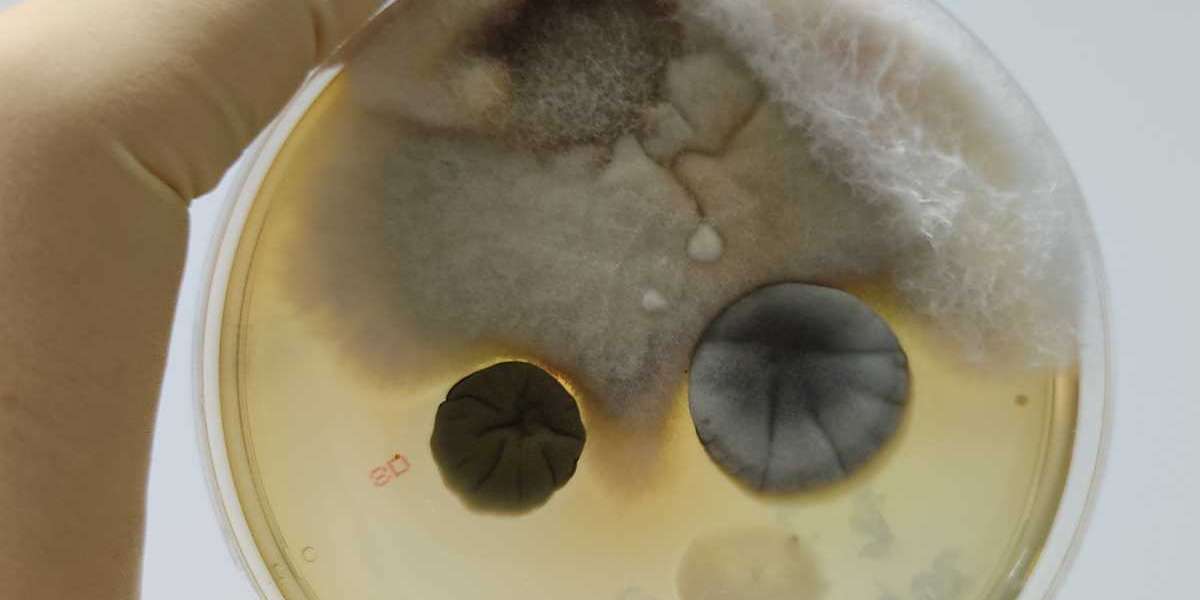As I settled into my home, I realised that maintaining a healthy living environment extends beyond just cleanliness; it also involves monitoring potential hazards like mould. In New Zealand, where damp conditions can be common, understanding the importance of mould detection has become crucial for ensuring the health of my family and the integrity of my home.
Understanding Mould and Its Risks
Mould is a type of fungus that thrives in moist environments, often found in places like bathrooms, kitchens, and basements. While some moulds are harmless, others can pose serious health risks, particularly for individuals with allergies, asthma, or compromised immune systems. Exposure to mould spores can lead to respiratory problems, allergic reactions, and long-term health complications. Therefore, early detection is essential in preventing these health issues.
The Importance of Mould Detection
- Preventing Health Issues: The primary reason for mould detection is to protect the health of those living in the home. By identifying mould growth early, we can take action to remediate the issue before it leads to significant health problems.
- Protecting Property: Mould can cause extensive damage to the structural integrity of a home. By detecting mould early, homeowners can avoid costly repairs and protect their investment in the property.
- Improving Indoor Air Quality: Mould can significantly affect the air quality in our homes. Conducting mould detection ensures that the air we breathe is clean and safe, promoting better health for all occupants.
The Mould Detection Process
Understanding how mould detection works can help homeowners take proactive steps to safeguard their health:
- Visual Inspection: A professional mould detection service typically starts with a thorough visual inspection of the property. This inspection aims to identify areas where mould is likely to grow, such as damp spots, water leaks, and poorly ventilated spaces.
- Air Sampling: Air samples are taken from various rooms, particularly those prone to moisture. This sampling measures the concentration of mould spores in the air, helping to determine whether mould is a concern.
- Surface Sampling: In addition to air samples, surface samples may also be collected from walls, ceilings, and floors. These samples provide information about mould growth and help identify its type and extent.
- Laboratory Analysis: The samples collected are sent to a laboratory for analysis. The lab will identify the types of mould present and assess the risk they pose to health and safety.
- Action Plan: Based on the results, the mould detection service will provide recommendations for mould removal and preventive measures to ensure a healthy living environment.
The Role of Professionals in Mould Detection
Choosing to work with professionals for mould detection ensures that you receive accurate results and reliable recommendations. Companies like Consultex Environmental have the expertise needed to identify mould risks effectively and offer solutions tailored to your specific situation.
Conclusion
Mould detection is a vital process for maintaining a healthy home in New Zealand. By understanding the risks associated with mould and the importance of early detection, we can take proactive measures to protect our health and our homes. If you suspect mould in your living space, investing in professional mould detection services is a crucial step towards ensuring a safe and healthy environment.







